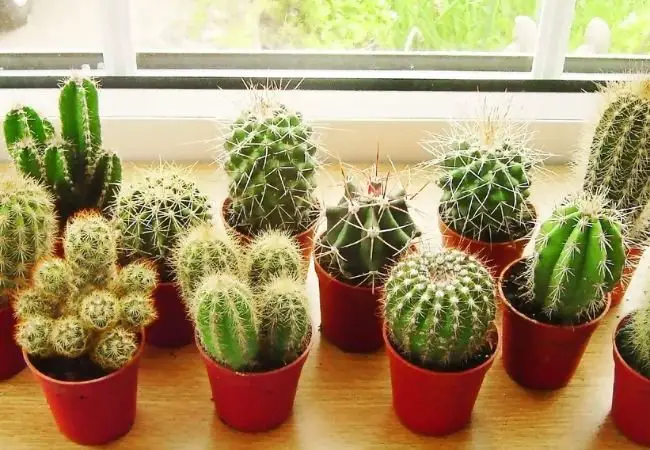Discover the best indoor cactus varieties for your home. Learn about care tips, growth habits and unique features of these low-maintenance plants. Perfect for beginners and cactus lovers alike.
The most popular indoor cactus varieties include the Easter Cactus, Moon Cactus, Bunny Ears Cactus, Old Lady Cactus and Star Cactus. These plants thrive in bright, indirect light, require well-draining soil and minimal watering. They are excellent choices for low-maintenance indoor gardening.
Introduction to Indoor Cacti
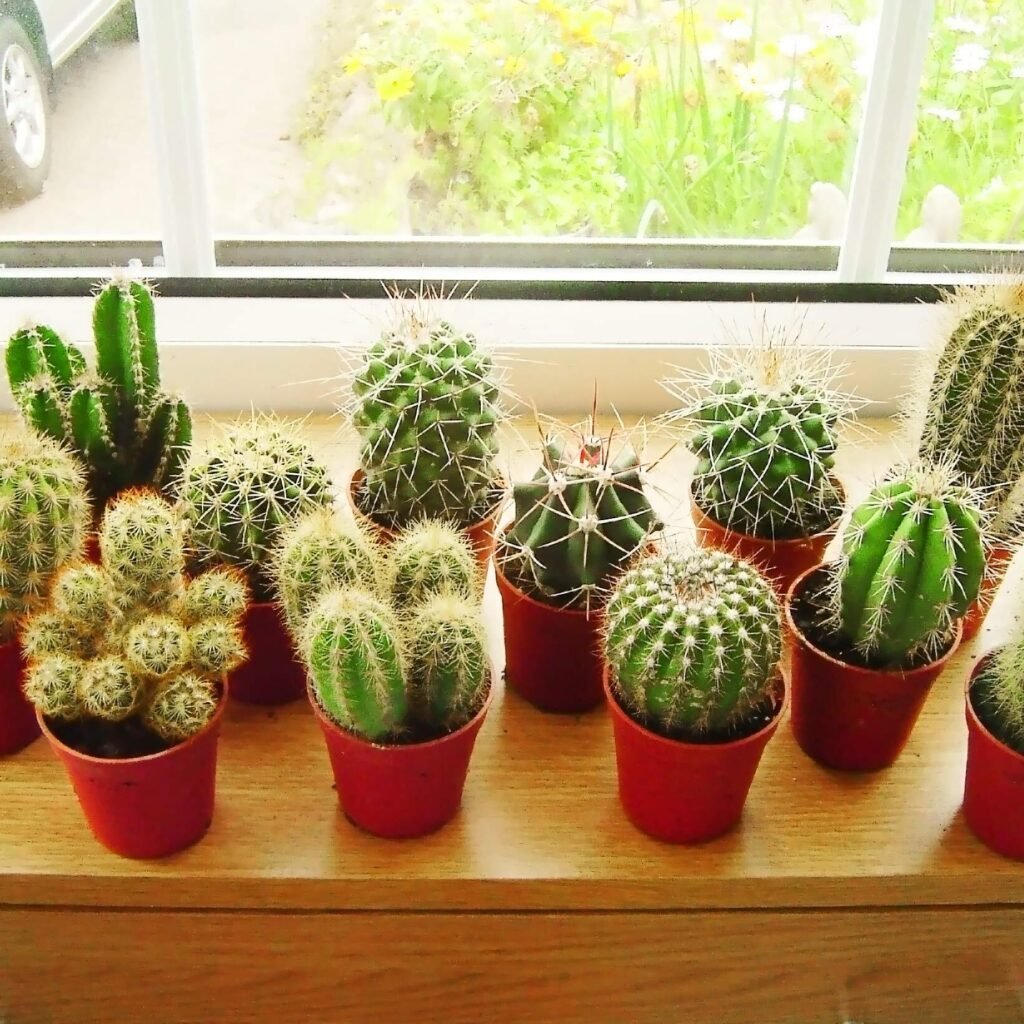
As a botanist specializing in succulent plants for over two decades, I’m excited to share my expertise on indoor cactus varieties. These resilient plants not only add a unique aesthetic to your home but also offer numerous benefits, including air purification and low maintenance requirements.
Top 5 Indoor Cactus Varieties
1. Easter Cactus (Hatiora gaertneri)
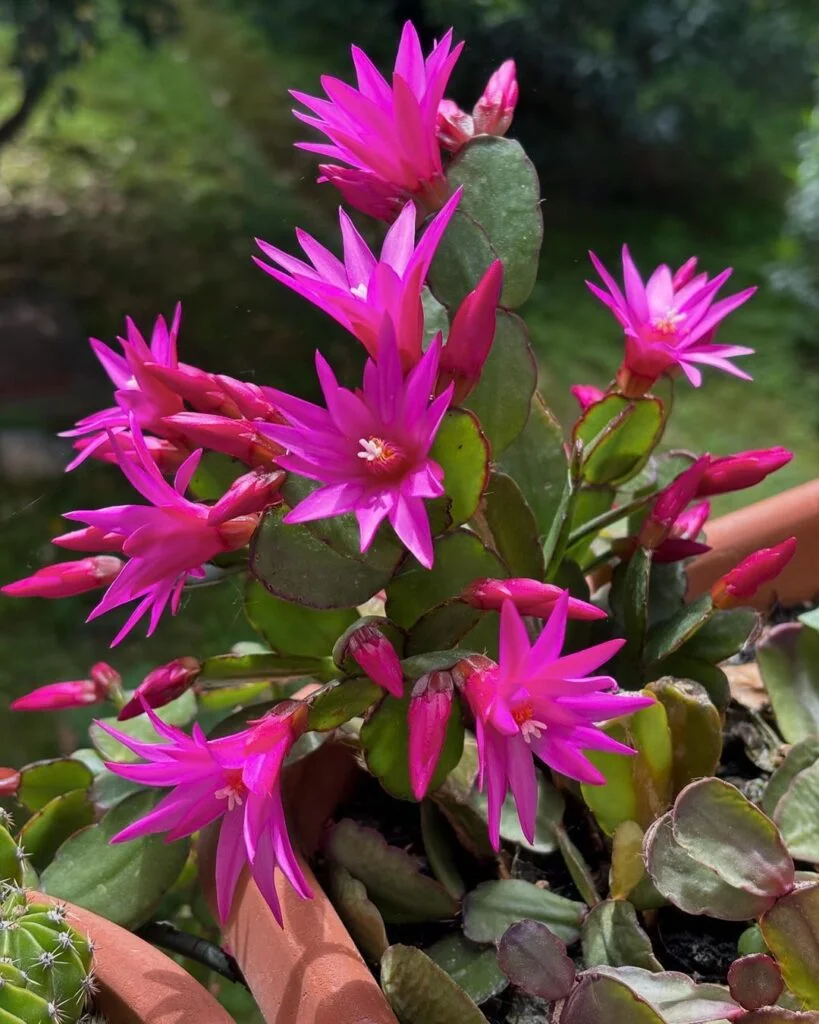
- Appearance: Flat, leaf-like stems with vibrant flowers
- Care: Bright, indirect light; water when soil is dry
- Unique feature: Blooms around Easter time
Learn more about Easter Cactus care
2. Moon Cactus (Gymnocalycium mihanovichii)
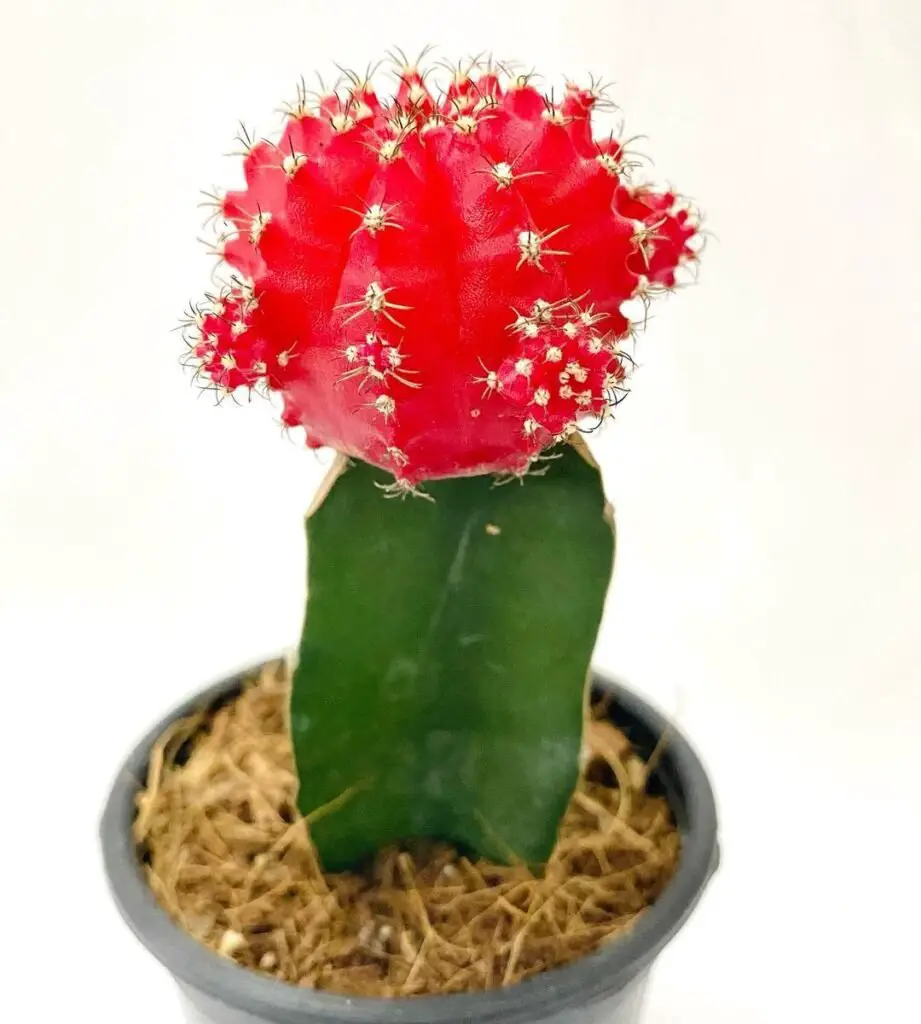
- Appearance: Colorful top grafted onto a green rootstock
- Care: Bright, indirect light; minimal water
- Unique feature: Available in various neon colors
3. Bunny Ears Cactus (Opuntia microdasys)
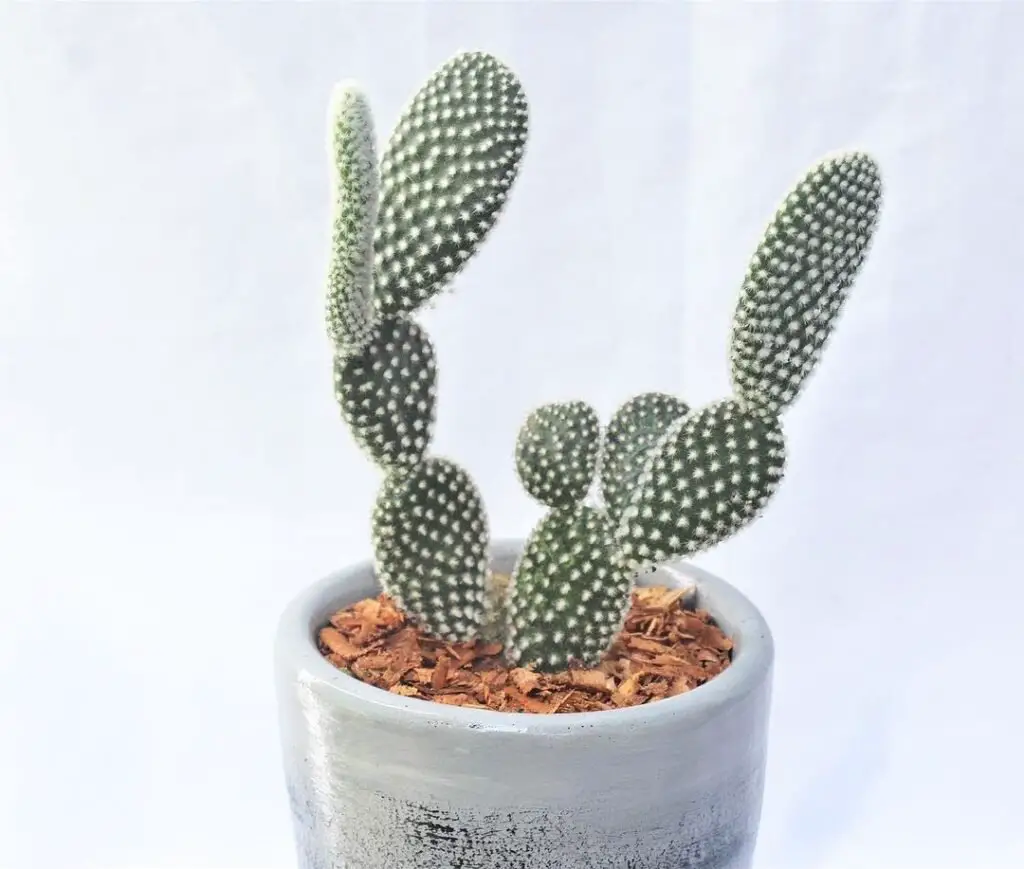
- Appearance: Pad-like segments resembling rabbit ears
- Care: Bright light; infrequent watering
- Unique feature: Covered in small, harmless glochids instead of spines
Explore Bunny Ears Cactus characteristics
4. Old Lady Cactus (Mammillaria hahniana)
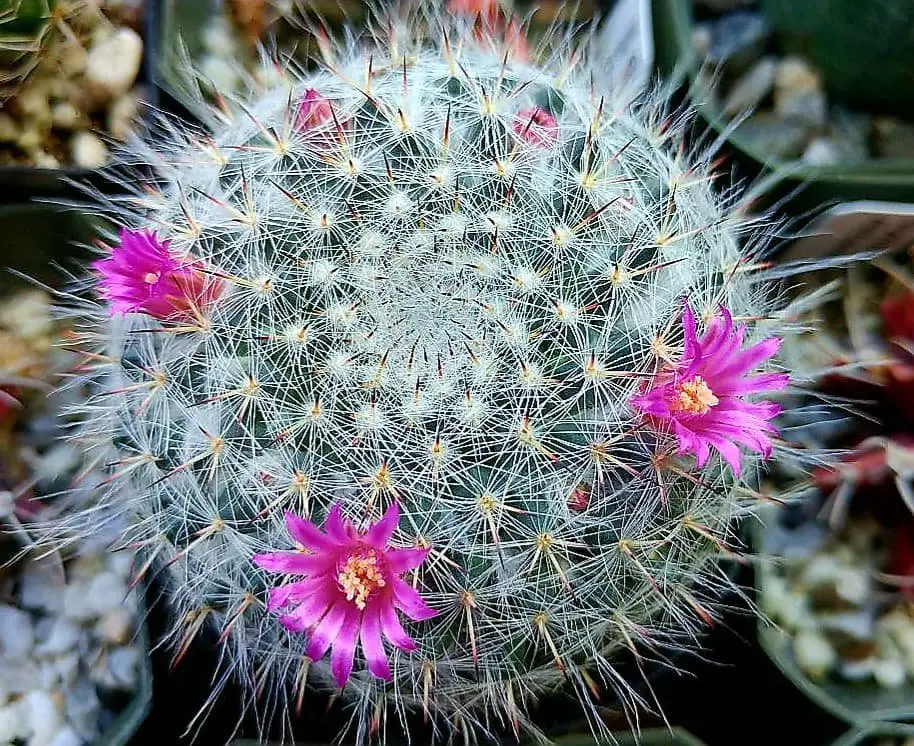
- Appearance: Round shape covered in white hair-like spines
- Care: Bright light; water sparingly
- Unique feature: Produces a crown of pink flowers
5. Star Cactus (Astrophytum asteriasWhiskers)
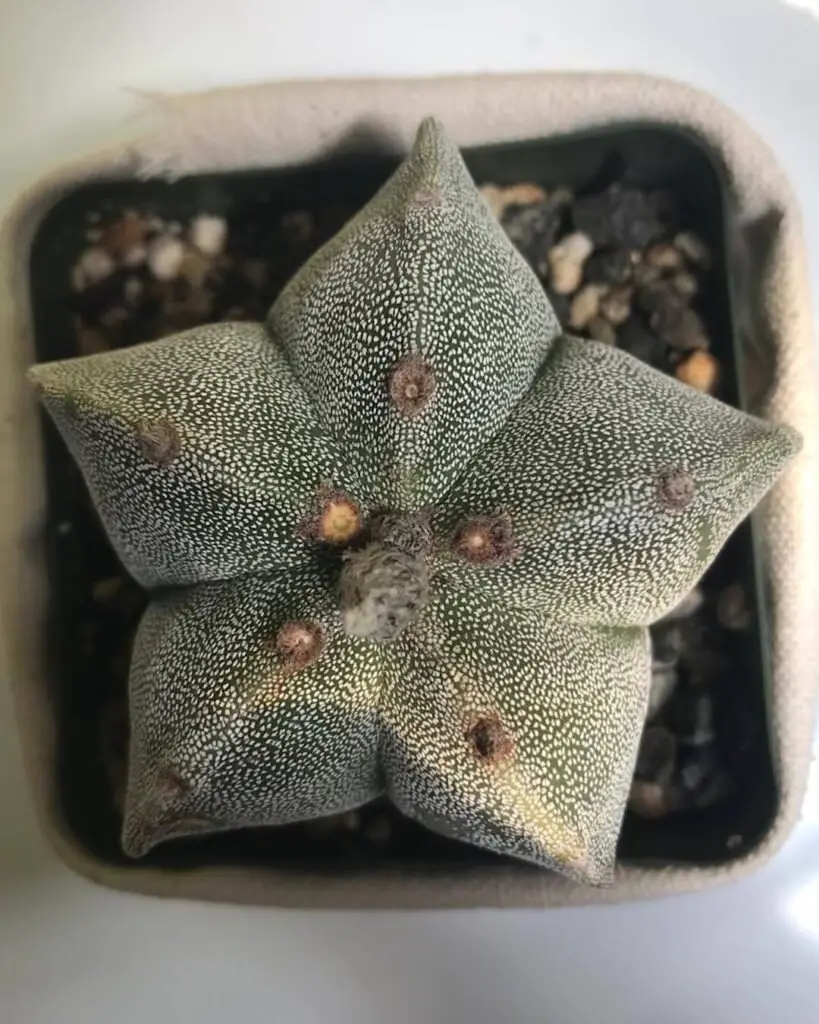
- Appearance: Small, star-shaped body with white dots
- Care: Bright, indirect light; excellent drainage
- Unique feature: Slow-growing and perfect for small spaces
General Care Tips for Indoor Cacti
Light Requirements
Most indoor cacti prefer:
- Bright, indirect light
- 4-6 hours of sunlight daily
- Protection from intense afternoon sun
Watering Practices
- Water thoroughly when soil is completely dry
- Reduce watering in winter
- Use well-draining soil to prevent root rot
Read more about proper cactus watering techniques
Soil and Potting
- Use a cactus-specific potting mix
- Ensure pots have drainage holes
- Repot every 2-3 years or when outgrown
Temperature and Humidity
- Prefer temperatures between 70-80°F (21-27°C)
- Can tolerate cooler temperatures in winter
- Low humidity is ideal
Common Problems and Solutions
Overwatering
- Symptoms: Soft, discolored spots on the plant
- Solution: Reduce watering frequency; improve drainage
Lack of Light
- Symptoms: Elongated growth, pale color
- Solution: Move to a brighter location; consider grow lights
Pest Infestations
- Common pests: Mealybugs, spider mites
- Treatment: Isolate affected plants; use insecticidal soap
Find more information on cactus pest control
Propagation Techniques
Stem Cuttings
- Cut a healthy stem segment
- Allow cut to callus for a few days
- Plant in well-draining soil
- Water sparingly until roots develop
Offsets
- Gently remove offsets from the mother plant
- Allow cut area to dry for a day or two
- Plant in a separate pot with cactus soil
Decorating with Indoor Cacti
- Create a desert-themed terrarium
- Mix with other succulents for variety
- Use decorative pots to complement your decor
Indoor cacti offer a unique blend of aesthetics and low-maintenance care, making them perfect for both novice and experienced plant enthusiasts. By choosing the right variety and providing proper care, you can enjoy these fascinating plants for years to come. Remember, the key to success with indoor cacti is mimicking their natural desert environment: plenty of light, minimal water, and well-draining soil.
For more in-depth information on cactus care and varieties, visit the Cactus and Succulent Society of America.
For more gardening tips and plant care guides, visit usagardenhub.com.

